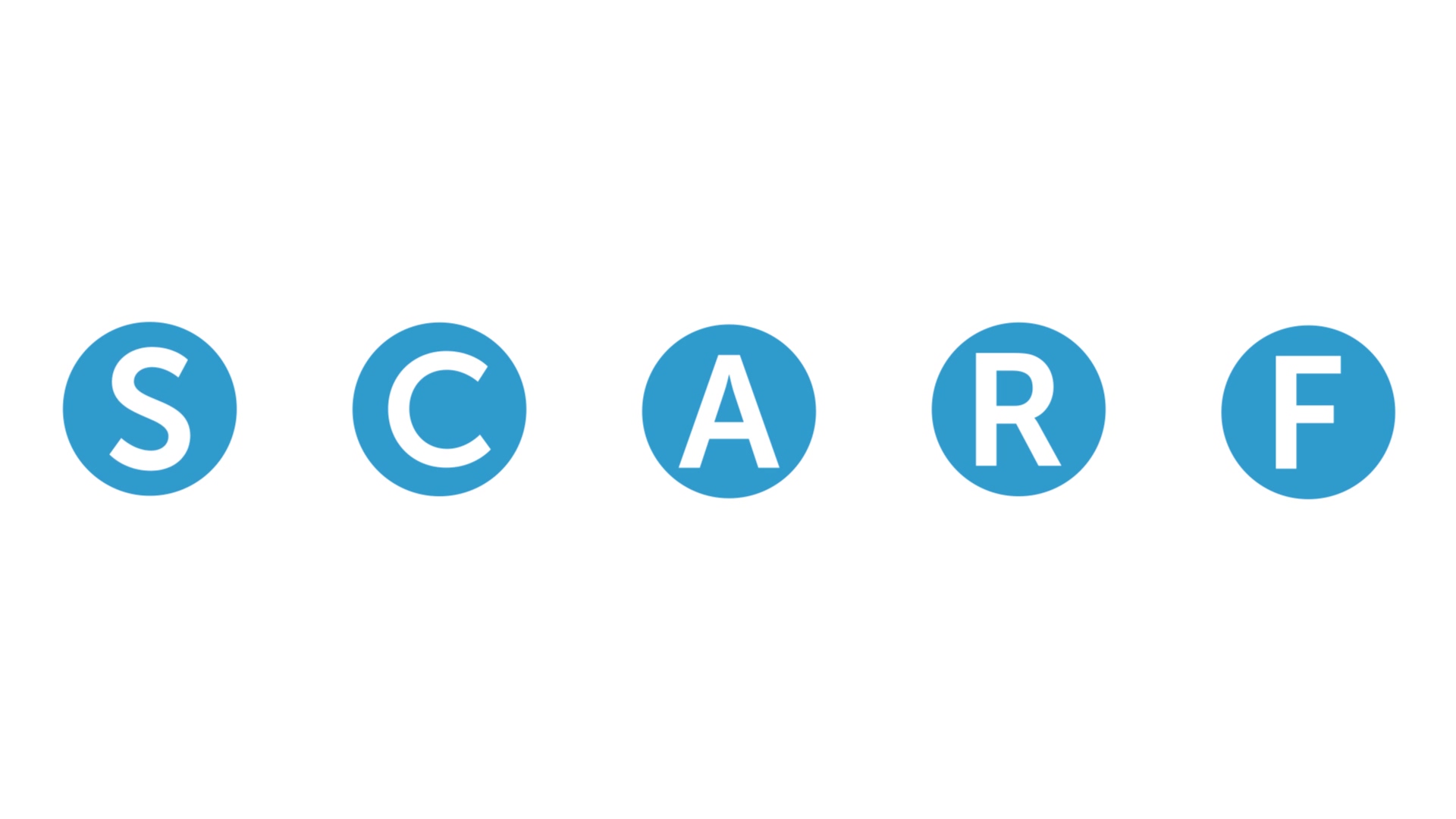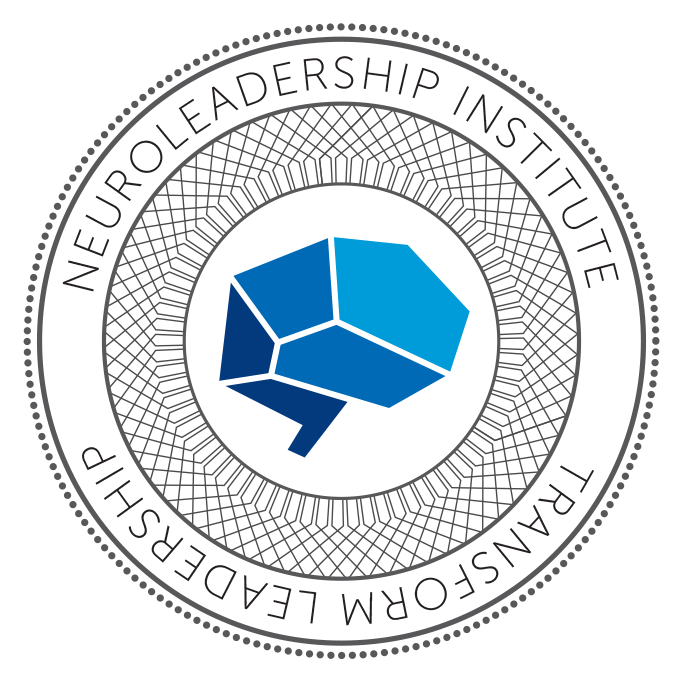

Neuroscience of Goals
Understanding how the brain works and leveraging the science of what happens in the brain to set goals and initiate change enables us to best set and achieve our goals.
The prefrontal cortex visualised in the image, is the brain area requiring optimal conditions for processing, problem solving, learning new skills and tracking value of actions.
This means when we set goals, our brains evaluate the importance of each goal prior and during goal-directed behaviours to determine which takes priority. When faced with multiple goals, higher value goals are prioritised.


At the NeuroLeadership Institute we explore how teams form strong hybrid cultures to achieve positive outcomes together by setting goals with four brain-friendly aspects in mind:
Recall goals
Create "sticky" ways of brain thinking by designing your goals to be simple and retrievable. When they're sticky, there's an increased likelihood you'll accomplish them.
Stretch goals
Goals that stretch our capability are more impactful than low-hanging fruit. These goals impact performance by directing attention, mobilising effort, increasing persistence and motivating strategy development. Stretch goals should shift both individual and organisational thinking and to underscore the notion that if you work hard at challenging goals, appropriate rewards will follow.
Develop habits to transform insight, experimentation and innovation
Streamline goals
While you want challenging goals, they don't have to be complicated. Our brains are limited, so minimising the information people need to process will maximise attention to important tasks. An employee should consistently focus on 2-3 key goals relevant to career development and business growth. You can test recall by opening every meeting exploring the core goals. If an employee can’t remember the goals you’re tracking, that’s an indicator it’s too many.
Goal modelling
Managers want to achieve greatness, so goals should provide clarity on what ‘great’ looks like. This can be a challenge, as managers often don’t know what great looks like. There are some goals where “great” may be easy to quantify, such as improving costs over time, however other goals like team culture are difficult to measure. Managers can start by modelling what great can look like to their teams from the top.

Drive change with neuroscience
The neuroscience of goals is a key module we cover in the Certificate in the Foundations of NeuroLeadership program. Learn more about our signature theory program which equips you with the neuroscience knowledge, skills and tools to drive successful change.
Putting Science To Work

-thumb.jpeg)







